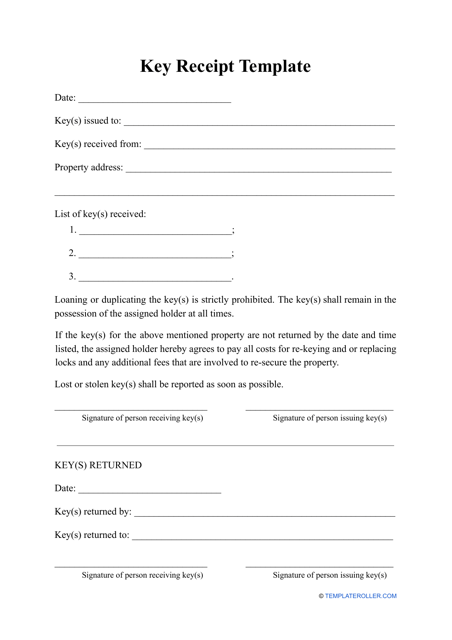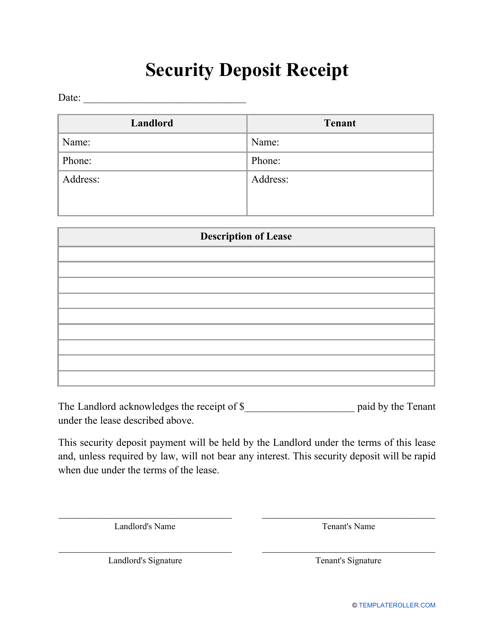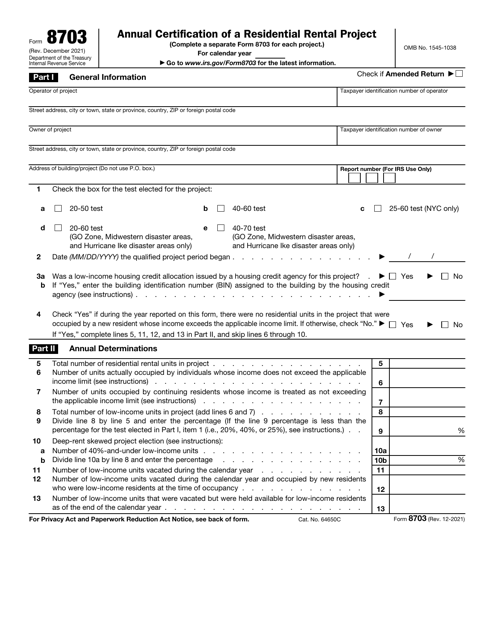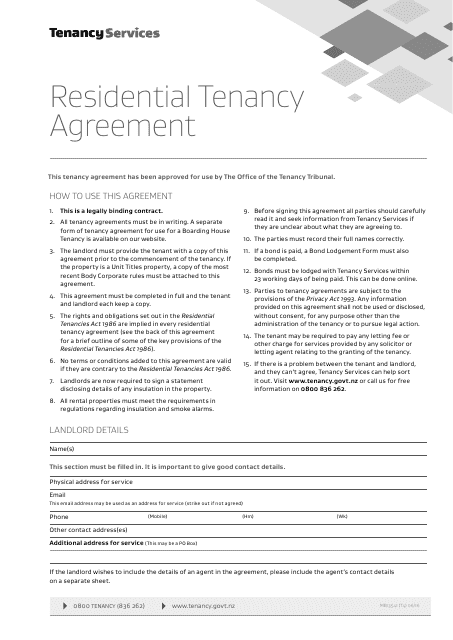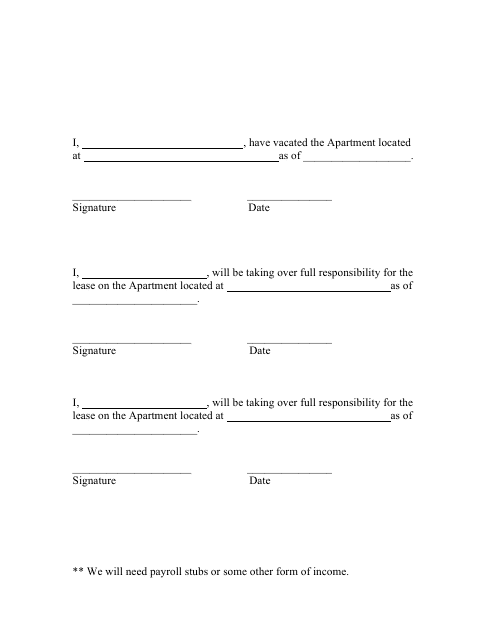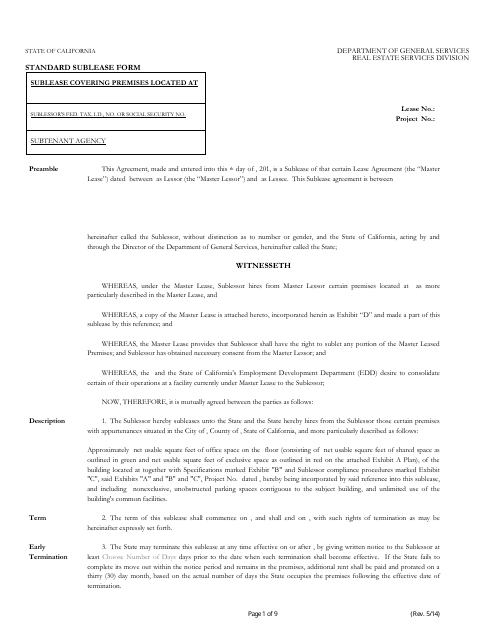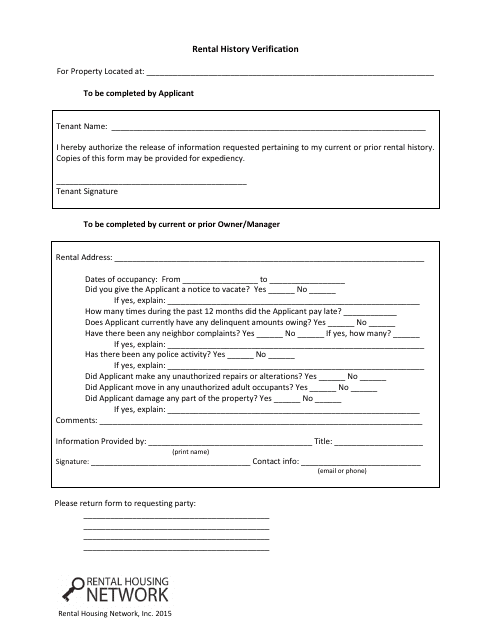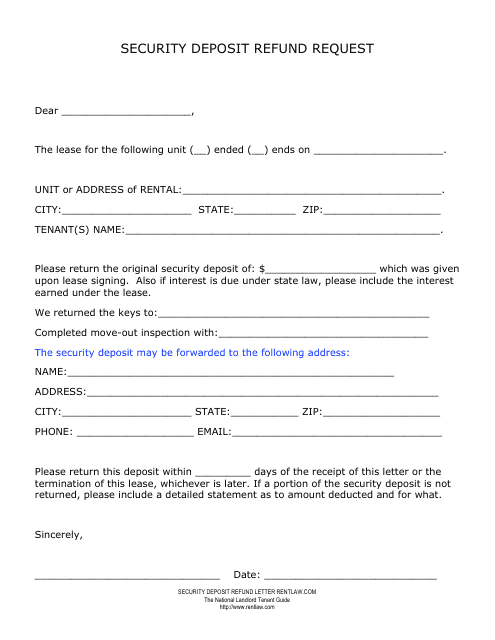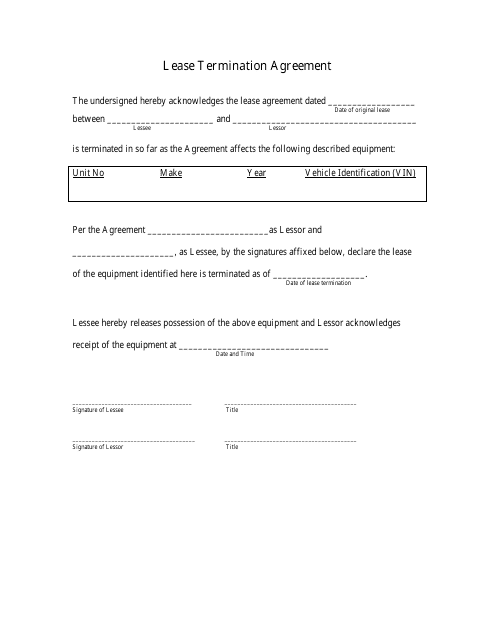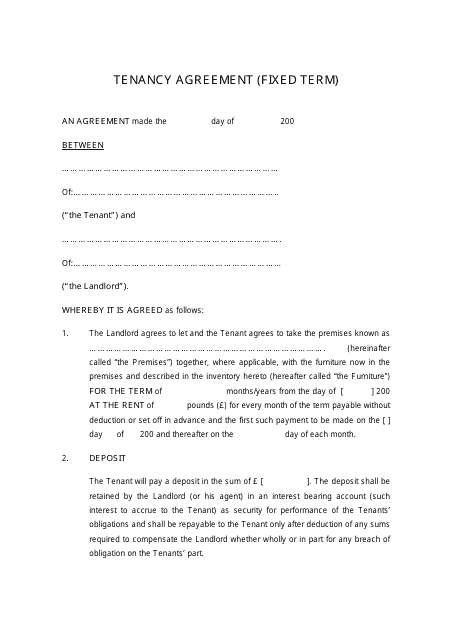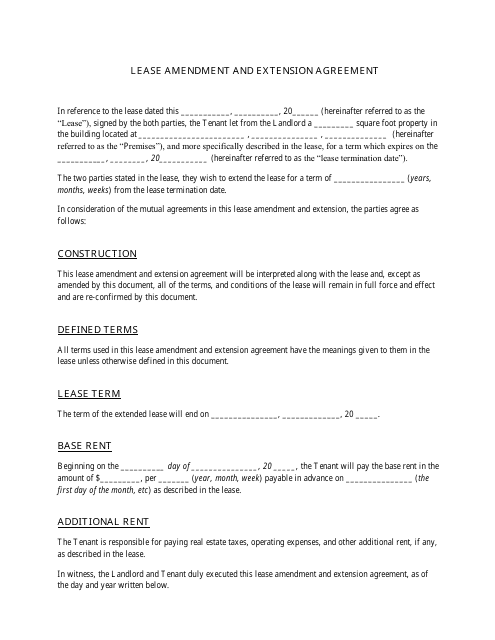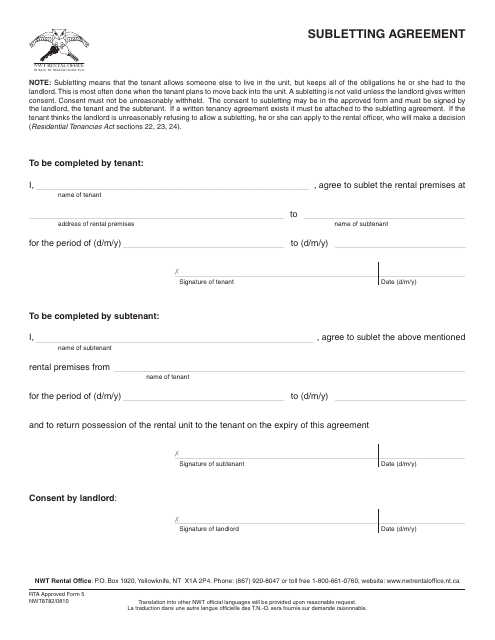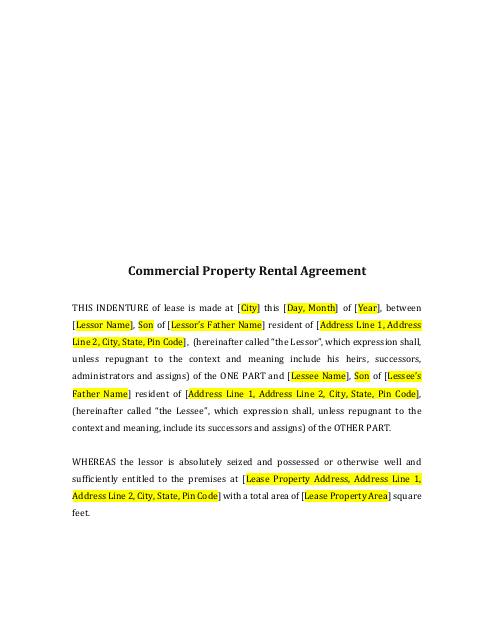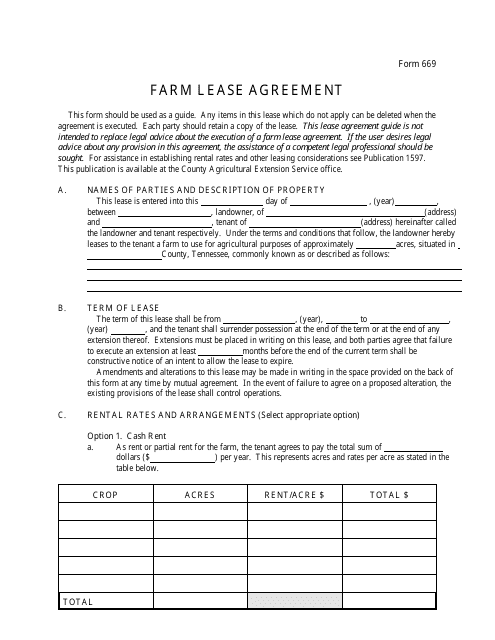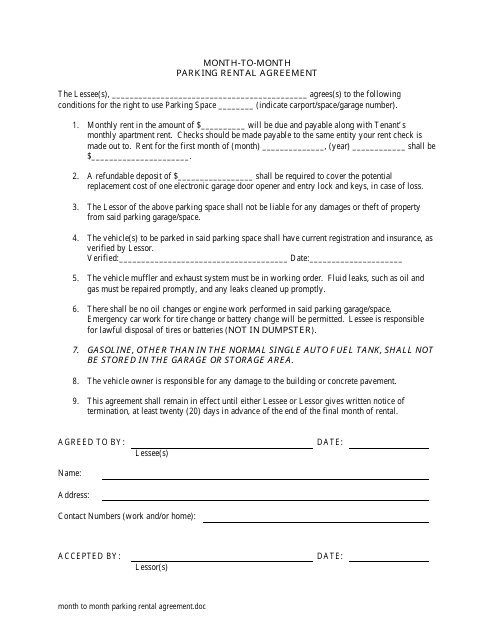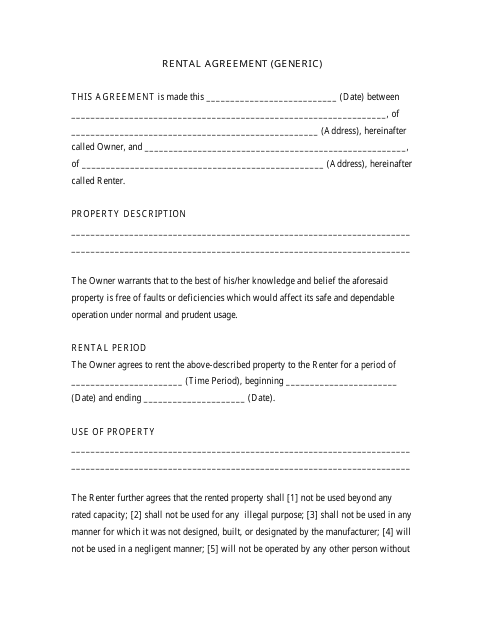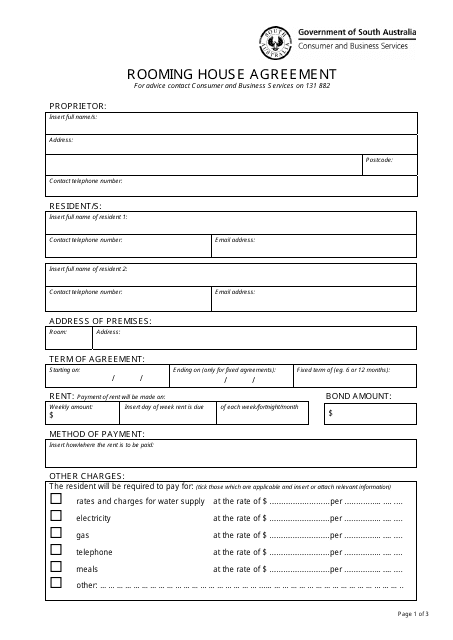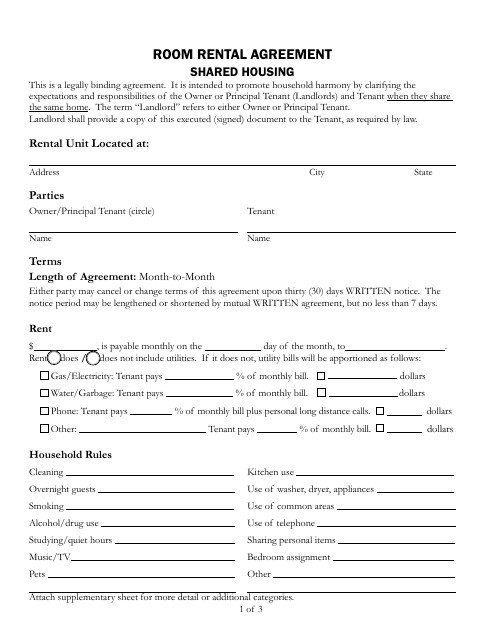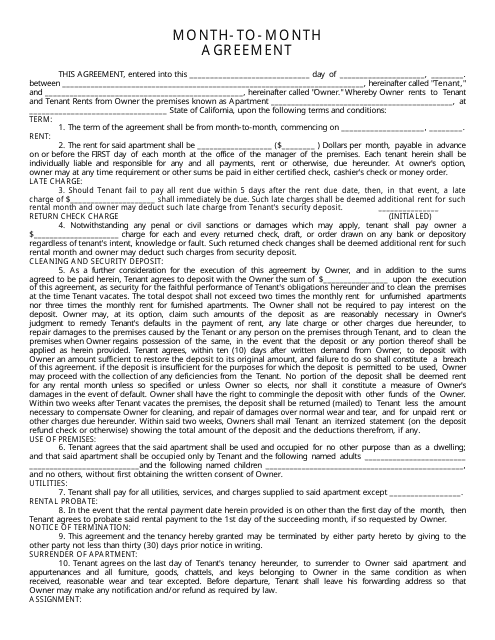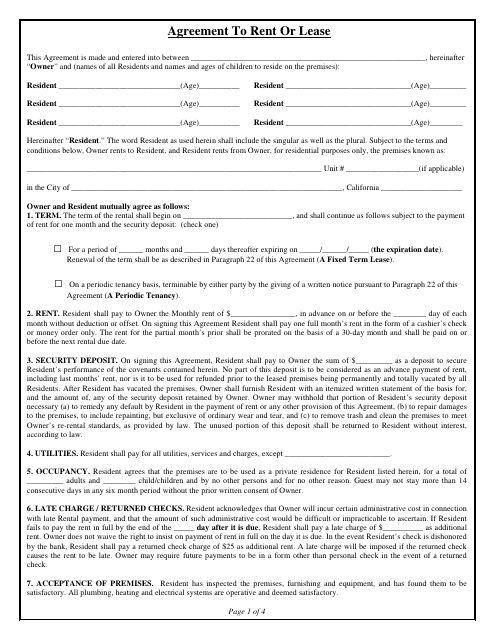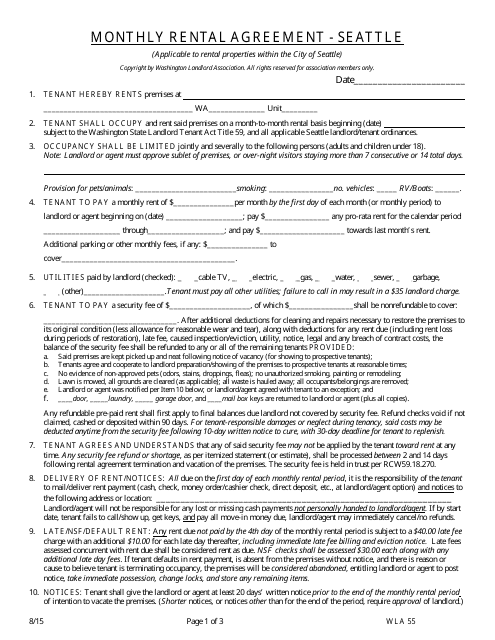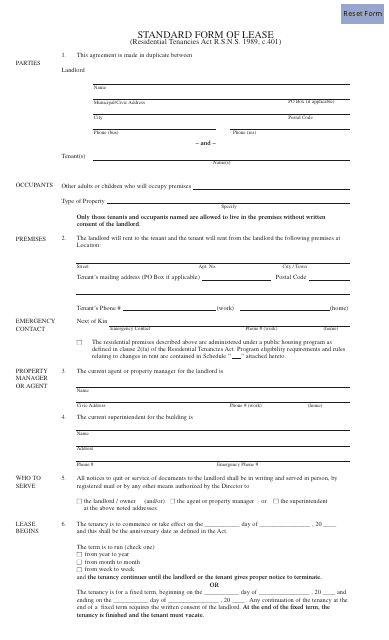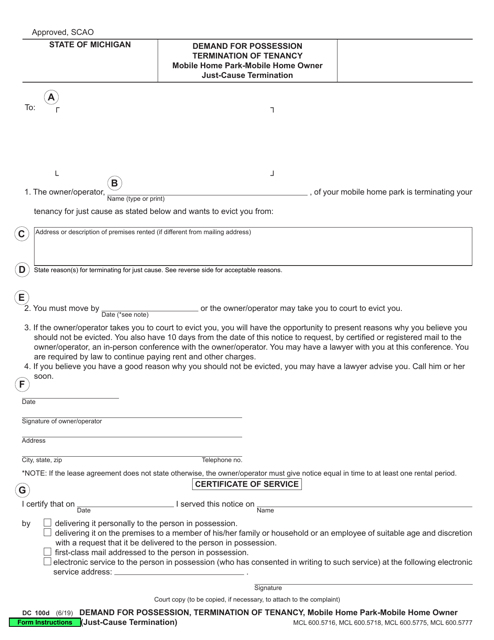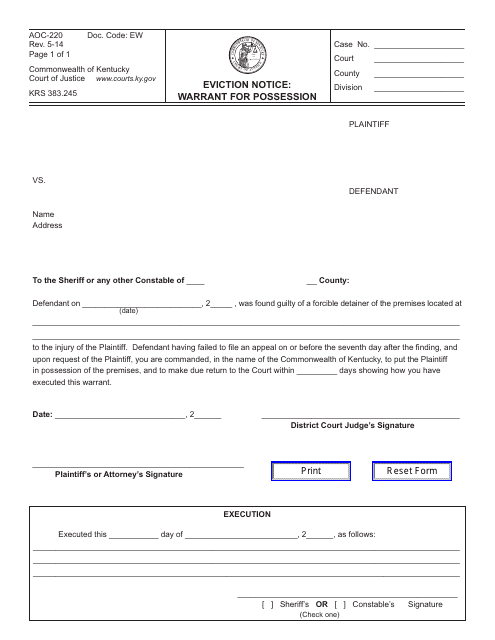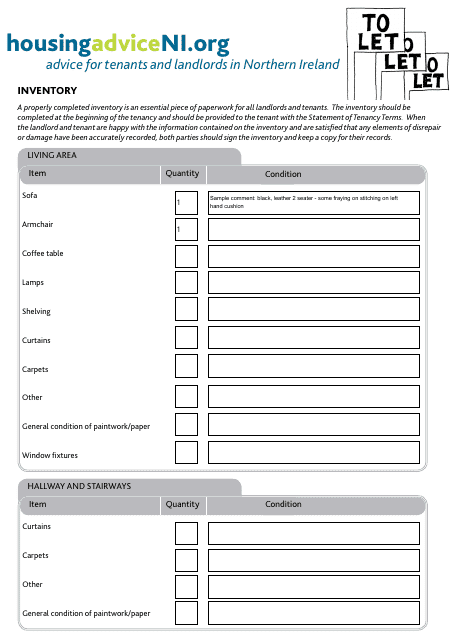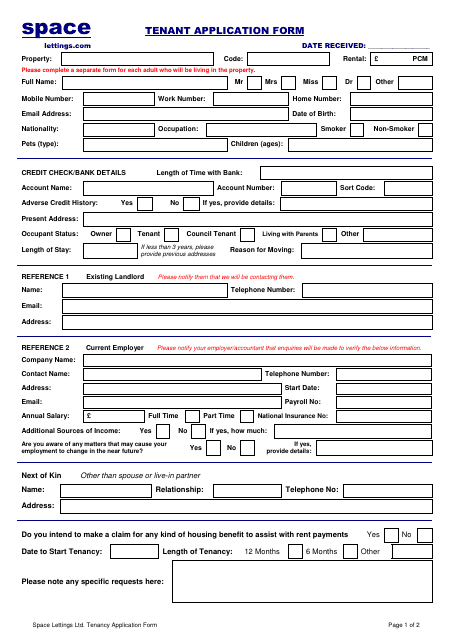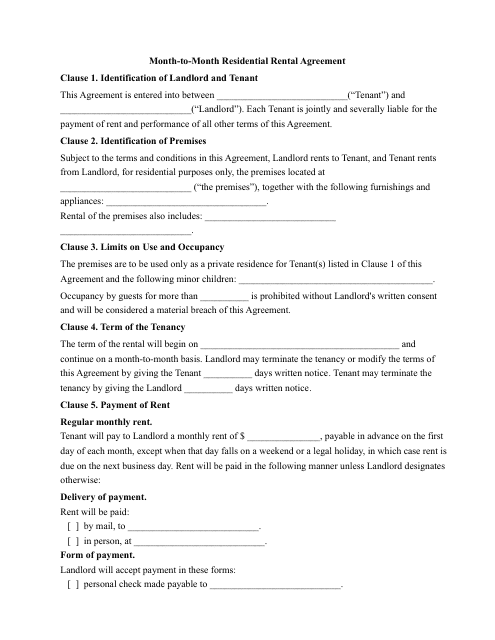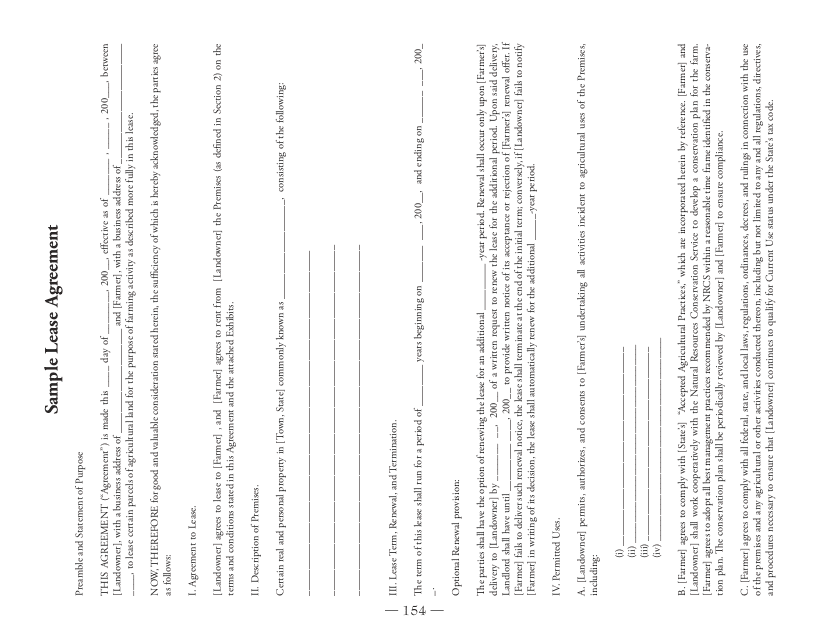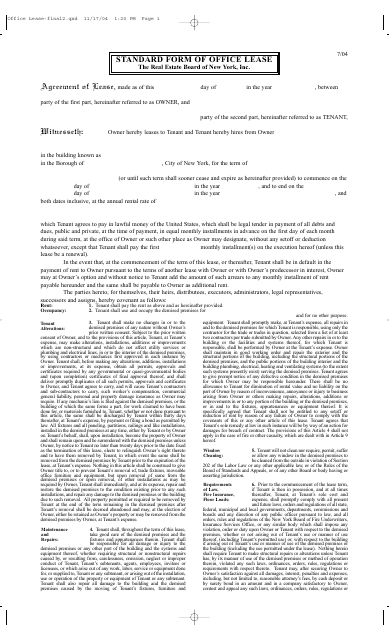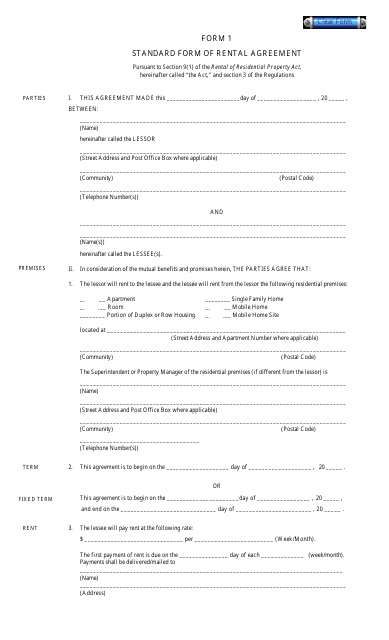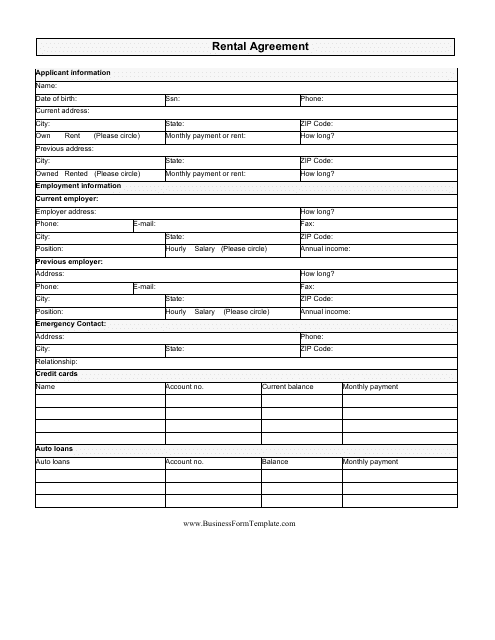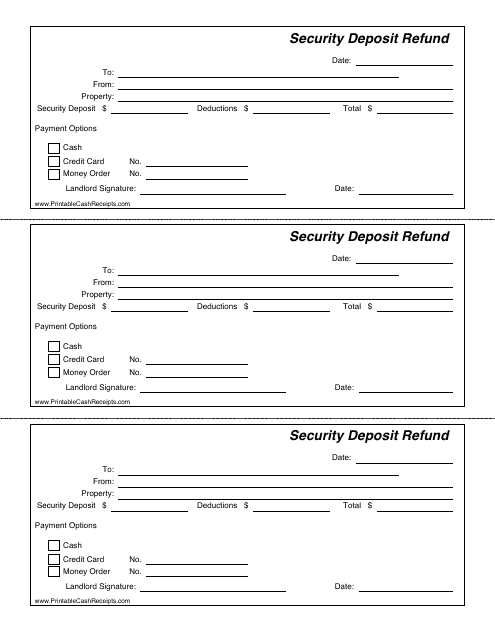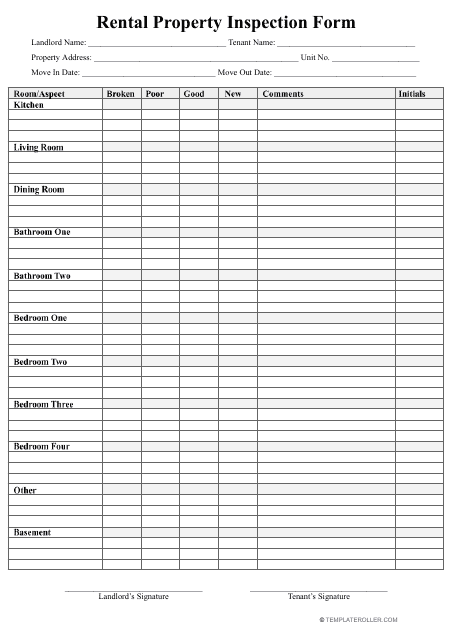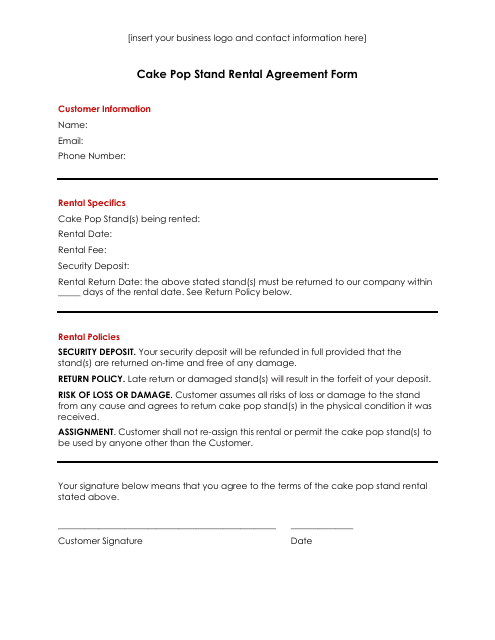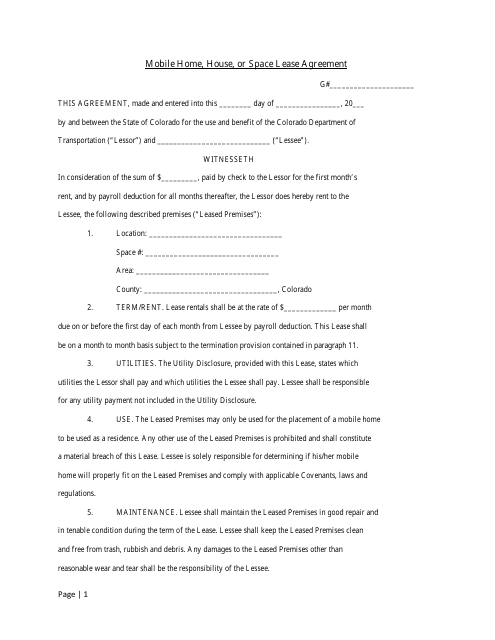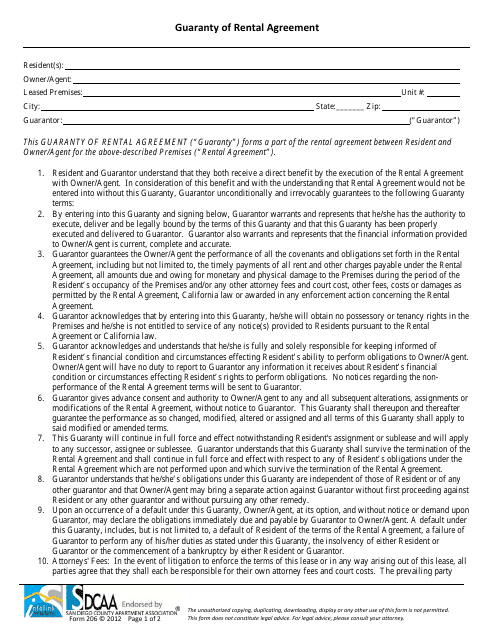Rental Agreement Templates by State
What Is a Rental Agreement?
A Rental Agreement - often confused with a Lease Agreement - is a formal written agreement between the owner and a renter of certain property. Rental Agreements are usually shorter-term contracts that are made on a month-to-month basis. These must be either renewed monthly by the parties involved or are automatically renewed at the end of the month unless either the owner or the renter express their desire to end the agreement.
Any property or item may be leased out to a renter. There are land rentals, vehicle leases, and even short-term equipment rentals. Apartments and houses - both being the most popular among all of the types of leased property - fall under the category of residential rentals, while offices and commercial spaces are considered commercial leases. A lease - especially when talking about something as serious as renting out a house - is meant to protect both the owner and the renter (in this case - the landlord and the tenant) by securing their rights and responsibilities.
Want to learn more about renting? Check out our tips for first-time renters and our articles on performing property inspections before moving in and moving out.
Where to Find Rental Agreement Forms?
Every state in the U.S. has its own laws regarding leases and Rental Agreements. Make sure that your agreement complies with local legislation or ask a real estate attorney to help you prepare the lease.
Types of Rental Agreements
There are three main types of leases based on the time limits specified within the agreement.
- Fixed-Term Rental Agreements. These are written agreements that last for a specific agreed-upon period of time, with the most common time frame being a single year. Fixed leases restrict the owner of the item or property from changing the rules or increasing the rent half-way throughout the period of the lease. Most states require leases that are expected to last over 12 months to be notarized and implement certain penalties for not following the certification requirements or breaking the conditions of the lease.
- Month-to-Month Rental Agreements. Month-to-Month Rental Agreements are verbal or written agreements that do not contain a specific time limit and are considered to be in effect until one of the parties issues a written termination notice. The notice period should be clearly stated in the rental contract. The agreement must be done in writing if the lease requires the renter to provide any kind of deposit or fee to the owner.
- One-Way Leases. A one-way lease is a month-to-month rental contract with an agreed-upon fee imposed on the renter by the owner if the renter decides to terminate the contract early. Some states explicitly prohibit these contacts and consider them illegal.
What to Include in a Rental Agreement?
There are certain basics that every Lease and Rental Agreement should feature. These include the following:
- The names of all renters (for residential leases - the names of all adult tenants) that will be using the rented item or property. Listing all renters makes each of them legally responsible for honoring the terms outlined in the agreement.
- The term and type of the lease and the overall flexibility of the arrangement.
- The amount of rent, the acceptable payment methods, and the date the rent is due.
- Reimbursable and non-reimbursable security deposits and additional fees.
- Maintenance and repairs in case of any damages done to the rented property.
Residential Lease Agreements, specifically, should feature the following information:
- Limits on tenant occupancy. This clause guarantees the right of the landlord to determine who lives in their property and to prevent any subleases attempted without permission.
- The landlord’s legal rights to access the rental property.
- The policies regarding pets and - if allowed - any restrictions on the size, type, or the number of pets the tenant may bring onto the property.
The lease is no longer considered legally binding if either one of the parties breaks any of the terms of the agreement.
Related Forms and Topics:
Related Articles
Documents:
1277
This form verifies that the tenant has received keys to a property they rent and guarantees to return them to the landlord or property manager by a certain date or when the Lease Agreement expires and the rental period is over.
This document can be used by landlords when signing on a new tenant and provides a record of the security deposit payment that needs to be made.
This form is used for creating a legally binding agreement between a landlord and a tenant for a residential property in New Zealand.
This form contains only a few sentences that state that an individual has vacated a property and a new tenant is taking over. The names, dates and signature fields are blank for you to enter your own information.
This document is used for legally subleasing a property in California. It outlines the terms and conditions of the sublease agreement between the original tenant and the subtenant.
This Form is used for verifying rental history for applicants of the Rental Housing Network.
This document is used for requesting a refund of your security deposit.
This document is used for terminating a lease agreement in the state of Nebraska. It outlines the terms and conditions for ending the lease agreement between the landlord and tenant.
This document is a template for a fixed-term tenancy agreement in the United Kingdom. It outlines the terms and conditions of the rental agreement between a landlord and a tenant.
This document is used for amending and extending a lease agreement. It provides a template for making changes to an existing lease.
This Form is used for a rental sublet agreement in the Northwest Territories, Canada.
This document is a template that can be used for creating a rental agreement for commercial property. It outlines the terms and conditions of the lease between the landlord and the tenant.
This document is used for creating a legally binding agreement between a landlord and a tenant for the lease of a farm.
This document is a template for a month-to-month parking rental agreement. It outlines the terms and conditions of renting a parking space on a month-to-month basis.
This document is a generic template for a rental agreement. It can be used to outline the terms and conditions of a rental agreement between a landlord and a tenant.
This form is used for creating a legally binding agreement between a landlord and tenant for a rooming house in South Australia, Australia. It outlines the terms and conditions of the rental arrangement, including rent, utilities, and house rules.
This document is a Room Rental Agreement Form specifically designed for shared housing in the County of Santa Cruz, California. It outlines the terms and conditions of renting a room in a shared living arrangement.
This document is a Month-To-Month Agreement Form specific to the state of California. It outlines the terms and conditions of a rental agreement that can be renewed on a monthly basis.
This document is used for creating a rental or lease agreement in the state of California. It provides a template that can be customized to outline the terms and conditions of renting or leasing a property.
This Form is used for a monthly rental agreement in the City of Seattle, Washington.
This form is used for creating a legally binding agreement between a landlord and tenant for the monthly lease of a property in Colorado.
This form is used for renting a room in a dwelling in Montgomery County, Maryland. It ensures clear terms and agreements between the landlord and the tenant.
This document is a standard form of lease that outlines the terms and conditions of a rental agreement between a landlord and a tenant. It typically covers details such as rent amount, lease duration, and responsibilities of both parties.
This form is used for issuing an eviction notice and obtaining a warrant for possession in the state of Kentucky.
This document is a template for tenants and landlords to keep track of inventory. It helps in recording the condition and quantity of items in a rental property.
This form is used for tenants to apply for a rental property with Space Lettings Ltd.
This document is a template for a month-to-month residential rental agreement. It is used by landlords and tenants to establish the terms of the rental agreement on a month-to-month basis.
This document is a template for a house lease agreement provided by E-Renter. It can be used by landlords and tenants to establish the terms and conditions of renting a house.
This Form is used for creating a lease agreement in the state of Vermont. It outlines the terms and conditions of the rental agreement between a landlord and a tenant.
This document is used for leasing office space in New York, following the guidelines of the Real Estate Board of New York, Inc. It provides a standard form for the lease agreement between the tenant and the landlord.
This document is used for establishing a legal agreement between a landlord and tenant for the rental of a property. It outlines the terms and conditions of the rental, including rent amount, lease duration, and any rules or regulations.
This document is for creating a legally binding agreement between a landlord and tenant for renting a property. It outlines the terms and conditions of the rental arrangement, including rent amount, duration, responsibilities of both parties, and other important details.
This type of document is used for requesting the refund of a security deposit.
This document is used for conducting inspections on rental properties to assess their condition and identify any maintenance or repair needs. It helps landlords and property managers ensure that the property is well-maintained and in compliance with regulations.
This Form is used for leasing a mobile home, house, or space in Colorado. It ensures that both the landlord and tenant understand and agree to the terms and conditions of the lease.
This document is a template for a guaranty of a rental agreement in San Diego County, California. It is provided by the San Diego County Apartment Association.
This document is a rental agreement form for motorcycles, ATVs, and scooters in the state of California. It outlines the terms and conditions of the rental, including fees, insurance requirements, and liability details.

